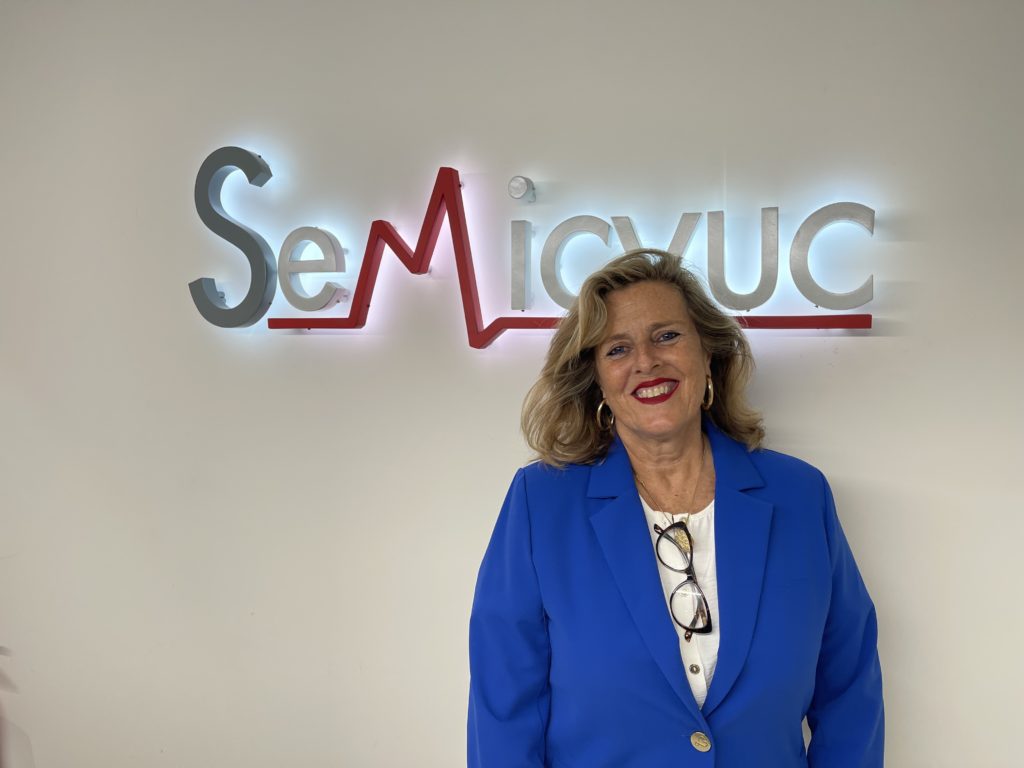If there is a feature that has distinguished medicine throughout history, it is its ability to transform society and, at the same time, adapt to the changes and improvements that occur within it. Therefore, it is not surprising that Let us actively participate in the technological revolution that we are currently witnessing, which has translated into the beginning of artificial intelligence, big data and what is commonly called the “Internet of Things”. (Automatic data exchange between devices and servers).
The specialty of intensive medicine is not immune to this condition. Artificial intelligence algorithms have begun to be created using analysis and automatic learning, or so-called machine learning, which is applied to protocols of various types that improve the care of seriously ill patients and allow us to predict their severity. At the same time, clinical simulation tools and emerging care tools that integrate smart glasses are beginning to be developed; Or sensor systems are proposed through the use of new smart devices, to name a few. However, we would be reckless if we allowed these various developments to make us feel that we concentrators have already come a long way on the path to artificial intelligence and that this is a reality in our units. on the contrary. Automation of tasks remains a challenge in intensive care, and much remains to be done regarding the management and use of large databases.
The development and implementation of this technological revolution must proceed in parallel and in line with a clear digitization of services, especially telemedicine.. If there is one thing that we have emphasized during the recent pandemic in intensive medicine, it is that everything we can contribute from a distance. Activists have always advocated that our work takes place outside the four walls of the ICU, and this is true in person and virtually.
It has been proven that patients and their families benefit from using various devices to allow communication and communication between them when visiting units. The effectiveness of the commitment to information exchange and coordination systems between intensive medicine services in hospitals at different levels for making decisions regarding care, clinic or transport is also a fact. But neither humanization programs nor planning, management and organization programs can be understood if there is no appropriate technological framework.
There is no real goal in our specialty that does not stem from this digital implementation, whether it is the implementation of consultations and programs for the treatment of post-ICU syndrome or the adaptation and integration into national and international networks of patient records, each time more specialized. But if there is one area where this urgent need is evident, it is training and learning, whether remotely or in advanced simulation.
“Task automation remains a challenge in intensive care and there is still a lot to be done in terms of the management and use of large databases.”
Models of skill acquisition, such as those proposed by Intensive Medicine in Organ Donation and Transplantation for resident physicians, are unthinkable without e-learning. Pre-training is also done exclusively in face-to-face areas such as immediate life support for critical cardiac patients or ultrasound skills adapted to intensive care, to continue just a few examples.
We still don't know where the ceiling for e-learning is, but we do know that it should not just be limited to those working in our services or future promotions of doctors. We know this well from the Spanish Society of Intensive Care Medicine and Coronary Units (SEMICYUC). It was precisely this tool that allowed us to strengthen part of our development cooperation programmes.
Thanks to the volunteer work of many intensivists in our country, we have been able to create customized training programs for colleagues in hospital services in developing countries or countries facing a constant risk of health emergencies. For example, in hospitals in Rwanda where the Solidarity Program for International Cooperation of the UCI Sin Fronteras of SEMICYUC has established intensive medicine services, the lessons taught by Spanish specialists in this field are supplemented by virtual classes remotely, which at the same time allows contact to be more Repeatedly and learning continues.
Also within the framework of UCI Without Borders, training programs developed by SEMICYUC specialists regarding the prevention of healthcare-related infections have been transferred to other countries. The Zero Projects, a name that includes the different programs (Zero Bacteria, Zero Resistance, Zero UTI, Zero Pneumonia) which are implemented in our country in collaboration with the Spanish Society of Intensive Nursing and Coronary Units (SEEIUC) and the sponsorship of the Ministry of Health, are invaluable assets. Invaluable, and we are now in a position to export them thanks to e-learning. Bolivia was the first country where we were able to do this, and I have no doubt that, like the National Workers' Office, it will be a Spanish international reference model.
Intensive medicine embraces the technological revolution without losing sight of the humanization and safety of the patient when they enter our services, nor the well-being of professionals to create environments with better quality of care, nor our revitalizing power. The progress may not be great, but it is in the best directions. The route is well marked



:quality(85)/cloudfront-us-east-1.images.arcpublishing.com/infobae/MSQQEBE5IBGHZDSHEBJZ6M7UW4.jpg)

:quality(85)/cloudfront-us-east-1.images.arcpublishing.com/infobae/I4LDK6AOK5CL3IS22373RURLBI.jpg)